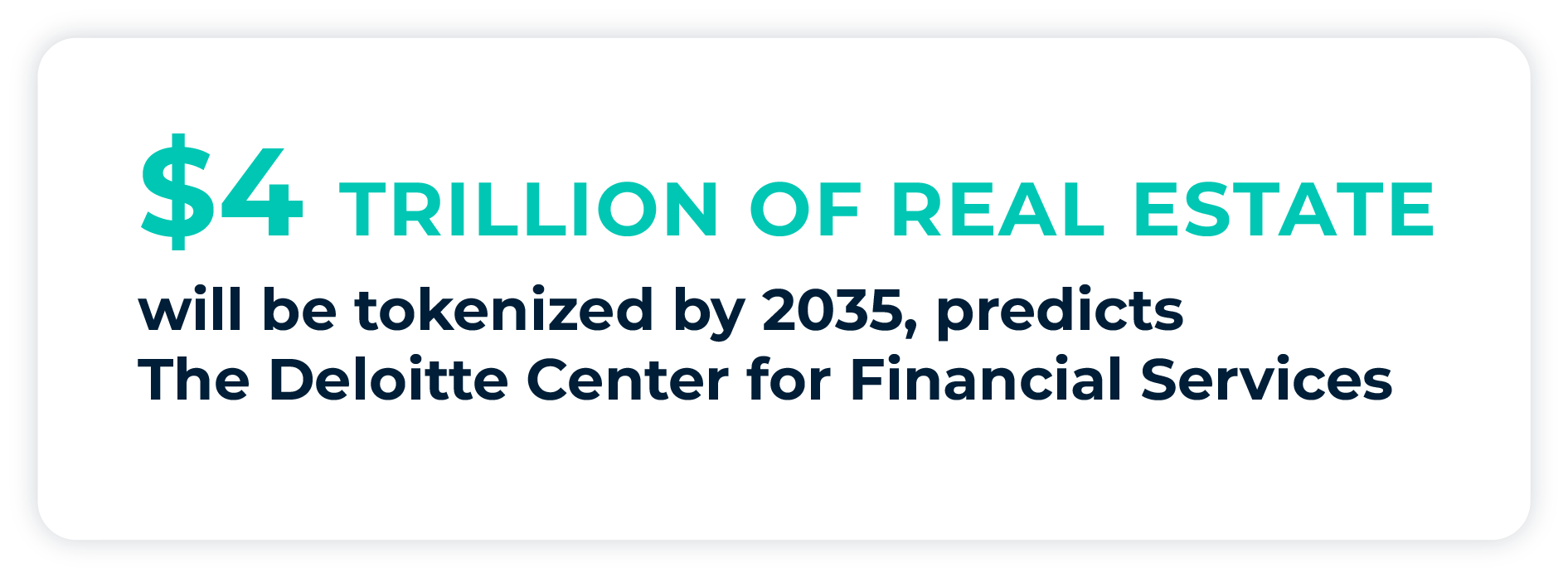The Web3 is maturing, and fast. What once was an abstract concept limited to cryptocurrency speculation and NFT hype is now becoming a functional layer of the global financial infrastructure. From next-gen payment cards and cross-border payments to tokenized private asset investing, the Web3 finance ecosystem is increasingly intersecting with real-world finance in ways that were barely imaginable just a few years ago.
This shift isn’t just technical. It’s deeply human. With an estimated 1.7 billion people globally unbanked, the evolution of Web3 into functional, real-world applications could reshape the foundations of financial inclusion.
What is Web3 finance?
Web3, or Web 3.0, finance is the integration of blockchain technology, crypto, and decentralized finance (DeFi) principles into financial services. With the goal of reshaping financial services and creating a more transparent and efficient financial system, Web3 can help reduce reliance on intermediaries and increase user control.

From Web3 wallets to traditional financial services
A major real-world milestone was announced recently when UXLINK, a social Web3 ecosystem, launched FujiPay and the Fuji Card, a globally accepted physical card linked to Web3 wallets. This product bridges traditional card infrastructure with decentralized assets, letting users make seamless payments in both fiat and digital currencies across borders.
UXLINK calls it the world’s first “Social PayFi ecosystem” — a blend of social connectivity, DeFi, and real-world utility. It combines the benefits of blockchain transparency with the usability of traditional payment systems. This development is part of a larger trend toward hybridization: integrating the decentralized architecture of blockchain with the familiarity of traditional finance.
The rise of Web3 in emerging markets
The vision of Web3-powered inclusion isn’t limited to physical cards. In India, a new collaboration between Hitachi Payments and Spydra is helping bring Web3 finance into the heart of the country’s financial transformation. Spydra, a startup focused on building Web3 platforms for private and government clients, is exploring digital ledger technology applications for the distribution of central bank digital currencies.
India’s digital payment revolution has innovated beyond traditional banking models. With Web3 finance layered onto the country’s fast-growing unified payments interface ecosystem, the potential to expand low-cost, high-access financial services becomes tangible. As Ledger Insights notes, Hitachi’s investment in Spydra signals growing confidence from legacy players in Web3’s ability to deliver real-world efficiency.
Tokenization of real estate and private equity
Another emerging arena of Web3 finance is private asset investing. This $14.3 trillion market has been traditionally dominated by institutional players with access to exclusive deal flows, long lock-up periods, and opaque infrastructure.
According to Bain & Company, the industry is crying out for better technology. Private markets are overdue for a digital upgrade, and tokenization and blockchain are crucial to solving the liquidity and access issues that plague the sector.
Web3 can enable fractional ownership, automated compliance, and 24/7 transferability of once-illiquid private equity or real estate investments. Platforms are already emerging to tokenize fund shares, property titles, and startup equity. This could democratize access to high-performing private investments, such as real estate, which historically have been considered off-limits to the average investor.
The real estate tokenization market is expected to grow at an unprecedented rate. The Deloitte Center for Financial Services predicts that $4 trillion of real estate will be tokenized by 2035. That’s an increase from less than $0.3 trillion in 2024.

On a recent Converge podcast, Jack Land from MetaWealth discussed tokenizing real estate.
“We take these large-scale developments, and we essentially fragment them down into two small individual investible tokens [or digital assets]. So, $100 can get you one token, and it’ll give you proportional representation of that investment asset,” Land says. “It doesn’t matter whether you are a small investor or you’re a larger institution looking to purchase many tokens, you’d get the same deal.”
That, in turn, means the democratization of real estate investing through Web3 finance and tokenization. “We’re not only bringing new users to the investing platform, but we’re also bringing increased lines of liquidity and giving them access to the DeFi ecosystem through a lens that’s a little bit more palatable for traditional finance,” Land explains. “And for me, that’s true democratization.”

Advancing financial inclusion with Web3 finance
At its core, the real-world deployment of Web3 tools isn’t about tech for tech’s sake. It’s about expanding who gets to participate in the global financial system.
Web3 finance is increasingly enabling more transparent, efficient, and affordable cross-border payment systems. Traditional payment systems are often expensive and slow, especially for migrants, remote workers, and others who frequently send or receive money across borders. Web3 finance platforms can lower those costs while increasing speed and traceability. Moreover, Web3 promises to support underbanked communities, enabling them to bypass legacy financial systems with nothing more than a smartphone and a blockchain wallet.
While challenges remain — from regulatory clarity to scalability — the trajectory is becoming clearer: Web3 finance is no longer an abstract vision. It’s becoming an infrastructure layer underpinning the next generation of investment and cross-border payments.
Want more insights into the topics shaping the future of cross-border payments? Tune in to Converge, with new episodes every Wednesday.



